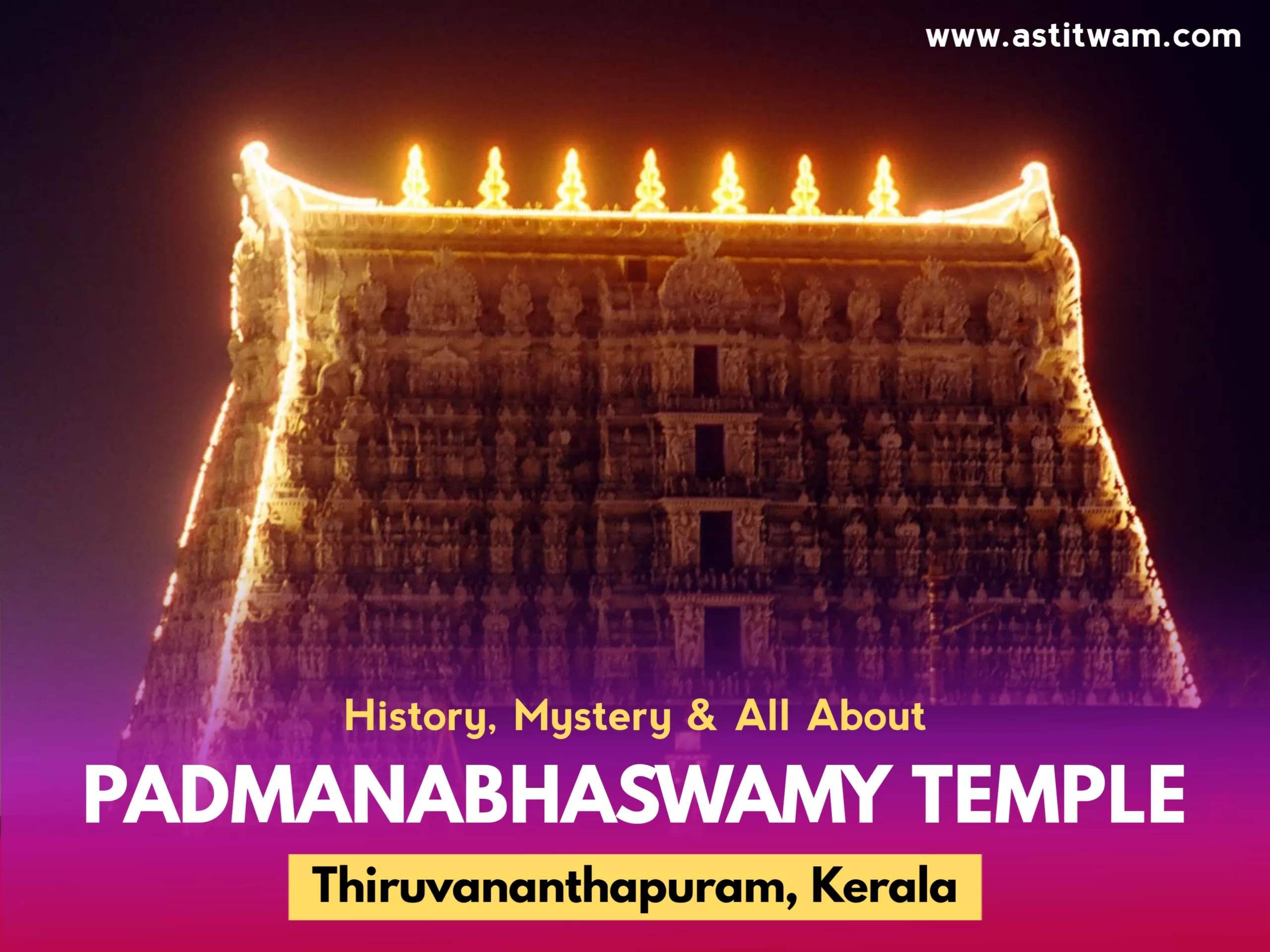Jambhul Akhyan: A Tale of Goodness and Triumph

The Jambhul Akhyan, also known as the Jambhul Story, is a popular folk narrative that has been passed down through generations in the Indian state of Maharashtra. It is an enchanting tale filled with moral lessons and cultural significance. The Jambhul Akhyan portrays the triumph of good over evil and emphasizes the importance of righteousness and compassion. In this essay, we will explore the essence of the Jambhul Akhyan and its impact on the cultural fabric of Maharashtra.
The artists who perform the Jambhul Akhyan are typically known as “Akhyanikars.” They are skilled storytellers, actors, or singers who specialize in narrating or performing the Jambhul Akhyan in various forms such as theatrical plays, folk songs, or storytelling sessions. These artists play a crucial role in keeping the tradition of the Jambhul Akhyan alive and engaging audiences with their vibrant performances.

The Jambhul Akhyan is believed to have originated in the 17th century during the reign of Chhatrapati Shivaji Maharaj, a revered king in Maharashtra’s history. The story revolves around the life of a humble farmer named Jambhul and his encounters with a wicked witch named Mhasoba. Jambhul, known for his integrity and hard work, owns a small piece of land where he cultivates jambhul (jamun) trees, which bear delicious fruits.
Mhasoba, the antagonist of the tale, is a malicious witch who seeks to take control of Jambhul’s land and harvest the Jambhul fruits for her own gain. Mhasoba is depicted as a cunning and manipulative character, using her magical powers to cause harm and sow discord among the villagers. Despite her wickedness, she is often portrayed as an intriguing and complex character, adding depth to the narrative.
Jambhul, on the other hand, represents the virtues of honesty, hard work, and compassion. He is a beloved figure in the village, known for his generosity and willingness to help others. Jambhul’s character embodies the ideal of an honorable and selfless individual, someone who serves as a role model for the community.
The Jambhul Akhyan takes the reader on a journey through the trials and tribulations faced by Jambhul. He must confront Mhasoba’s evil deeds and protect his land from her sinister plans. Throughout the story, Jambhul remains steadfast in his principles, relying on his wit, resourcefulness, and the support of his friends and well-wishers.
The tale is filled with magical elements and mystical creatures, further enhancing its charm. Mhasoba’s powers, although dark and malevolent, are fascinating and add an element of suspense and wonder to the narrative. The story also includes mythical beings such as talking animals and enchanted forests, creating a rich and imaginative world that captures the readers’ imagination.
One of the key themes in the Jambhul Akhyan is the power of unity and collective action. As Jambhul faces numerous challenges, he realizes that he cannot overcome them alone. He seeks the help of his friends, neighbors, and even the local deities, emphasizing the importance of community support and cooperation in times of adversity. This theme resonates deeply with the cultural ethos of Maharashtra, where community bonds and social harmony hold great significance.

Another important aspect of the Jambhul Akhyan is its moral teachings. The story imparts valuable lessons about the consequences of greed, deceit, and selfishness. Mhasoba’s actions serve as cautionary tales, warning against the perils of wickedness and the harm it can cause to individuals and communities. On the other hand, Jambhul’s virtuous behavior teaches the importance of honesty, compassion, and integrity, inspiring readers to uphold these values in their own lives.
The Jambhul Akhyan has become an integral part of Maharashtra’s cultural heritage. It is performed in various forms, including theatrical plays, folk songs, and storytelling sessions. The story has been adapted and retold in different regional languages and dialects, allowing it to reach a wider audience and continue its legacy through generations.
Furthermore, the Jambhul Akhyan serves as a source of inspiration for artists, writers, and filmmakers. Its timeless themes and vivid characters provide a rich tapestry for creative expression. Numerous adaptations and interpretations of the story have been produced in literature, theater, and cinema, further solidifying its significance in popular culture.
In conclusion, the Jambhul Akhyan is a captivating folk narrative that has captivated audiences in Maharashtra for centuries. Through its enchanting tale of Jambhul and his encounters with the wicked Mhasoba, the story conveys profound moral lessons and celebrates the triumph of good over evil. The Jambhul Akhyan’s enduring popularity and cultural impact speak to its timeless appeal and its ability to resonate with people of all ages and backgrounds. It stands as a testament to the power of storytelling in preserving cultural heritage and imparting valuable life lessons.




